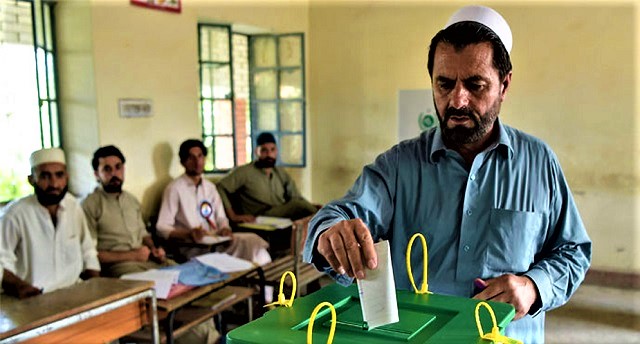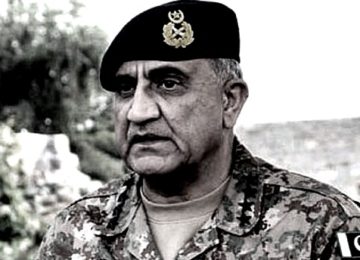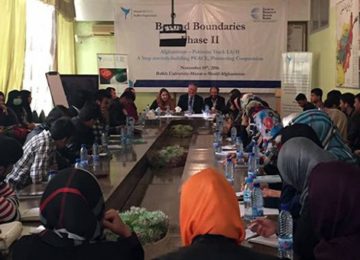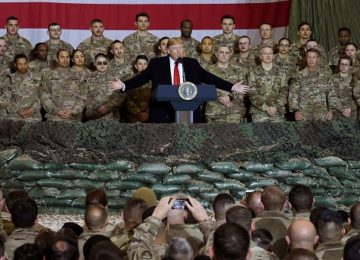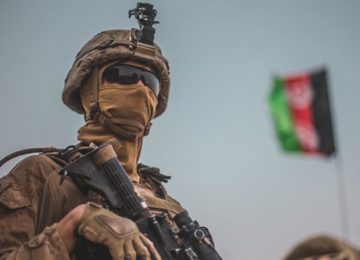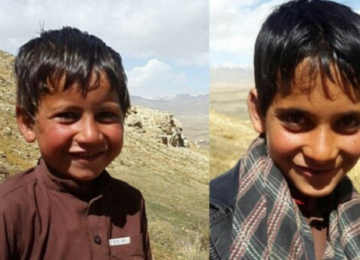July 22, 2019
Pakistan organized its first ever provincial elections on Saturday, July 20, 2019, in a northwestern region along the mountainous border with Afghanistan that until a few years ago was condemned as the “epicenter” of international terrorism.
Pakistani officials said the elections in the seven districts of what were formerly known as the Federally Administered Tribal Area (FATA) are central to steps the government has taken to supplement regional and global efforts to bring peace to Afghanistan and counter violent extremism.
Pakistani election officials said some 2.8 million registered voters were to choose from 285 candidates for 16 seats in the legislative assembly of Khyber Pakhtunkhwa (KP) province.
The contestants, including two women, represented major mainstream political parties. The election was held under tight security and no incidents of violence were reported.
The historic vote came on a day when Pakistani Prime Minister Imran Khan left for the United States for his first meeting with President Donald Trump at the White House on July 22, 2019, where the two leaders will discuss counterterrorism measures among a range of other issues.
A landmark constitutional amendment pushed through the parliament last year paved the ground for the tribal territory to be merged in the adjoining KP province to bring it into the national mainstream.
Until last year, the lawless border regions of FATA were federally administered through a set of British colonial laws that were not applicable to the rest of Pakistan, and residents could vote only in the national assembly, lower house of the parliament.
FATA anti-terror campaign
Civilian and military leaders in Pakistan hailed Saturday’s democratic process as testimony that years-long security operations have rid most of the ex-FATA of militant groups, including al-Qaida and fighters loyal to the Taliban waging a deadly insurgency against U.S.-led intentional forces on the Afghan side of the porous border.
Islamabad has been for years accused by American and Afghan officials of harboring training camps and sanctuaries for the Taliban. Pakistani officials have consistently denied those charges.
The anti-terrorism Pakistan army offensives, backed by airpower, over the years had displaced several million residents of FATA, although officials say 95% of them have since been rehabilitated.
A government document shared with VOA claimed the operations killed more than 15,000 militants and captured another 5,000. The remnants have fled and taken refuge in “ungoverned” border regions of Afghanistan, it added.
It was not possible to ascertain the veracity of the data through independent sources because conflict zones in FATA had remained inaccessible for journalists and aid workers during military operations.
In recent months, however, the military has organized media trips to showcase infrastructure development, particularly in North Waziristan, which Pakistani officials say was the final battleground in their bid to clear FATA of terror.
The retaliatory terrorist attacks and suicide bombings in FATA districts and elsewhere in the country also killed thousands of Pakistanis, including about 8,000 military personnel, according to Pakistani officials.
The violence, which stemmed from Pakistan’s participation in the U.S. “war on terror,” also has inflicted direct and indirect losses to the national economy totaling more than $200 billion, according to government estimates.
Foreign critics also had been referring to FATA as the “most dangerous place”on the globe, and the U.S. repeatedly called for Pakistan to dismantle the terrorism infrastructure.
“This most dangerous spot on the map may well be the source of another 9/11 type of attack on the Western world or its surrogates in the region,” concluded the Center for Strategic and International Studies in a 2009 study on FATA.
Border security and reconstruction
The Pakistani army is currently building a robust fence and new posts along most of the 2,600-kilometer Afghan border to deter militant infiltration in either direction. The massive border management project is expected to be completed by the end of 2020.
“With fencing of Pak-Afghan border, cross border movement of terrorists, drugs and smugglers has reduced to almost 5% of what was happening before,” according to a Pakistani government document shared with VOA.
The ensuing reconstruction effort has established roads, bridges and telecommunication networks, schools, health facilities and markets.
The key infrastructure was previously almost non-existent in many FATA districts. Pakistani officials cited a lack a government authority in the region for decades, saying it long served as a “transit zone for Jihadi groups where they had established a de-facto government.”
The military lately, however, has faced allegations of abuses from a newly emerged group in FATA, known as Pakistan Tahafuz Movement or PTM. But both army and government officials deny the charges, alleging that some of the PTM leaders are being supported by Afghan and Indian spy agencies in their bid to undermine Pakistan’s counterterrorism gains.
Prime Minister Imran Khan’s nearly one-year-old government takes credit for arranging an ongoing peace dialogue between the U.S. and the Taliban aimed at ending the war in Afghanistan.
During recent trips to FATA districts, Khan has announced new projects and allocated substantial funds for the development of the regions, hoping they will become a commercial and transit trade hub between Pakistan and Afghanistan if peace eventually returns to the neighboring country.
Source: VOA
Disclaimer: Views expressed on this blog are not necessarily endorsed or supported by the Afghan Studies Center and Center for Research and Security Studies, Islamabad.



